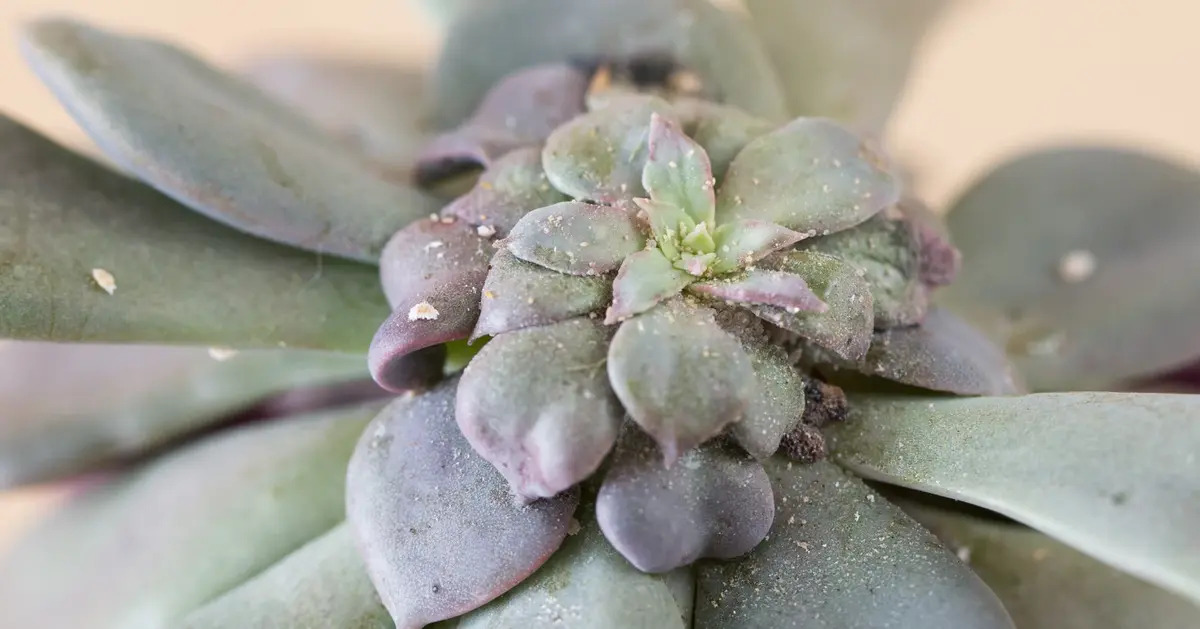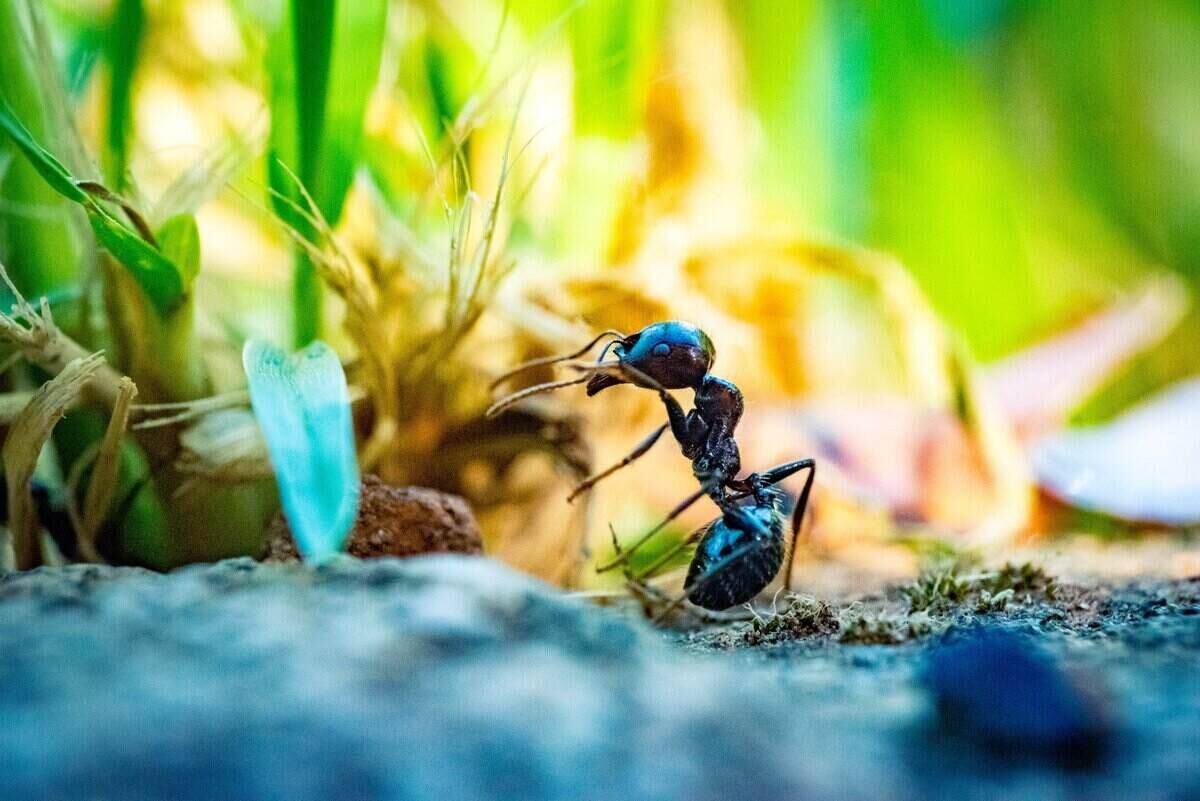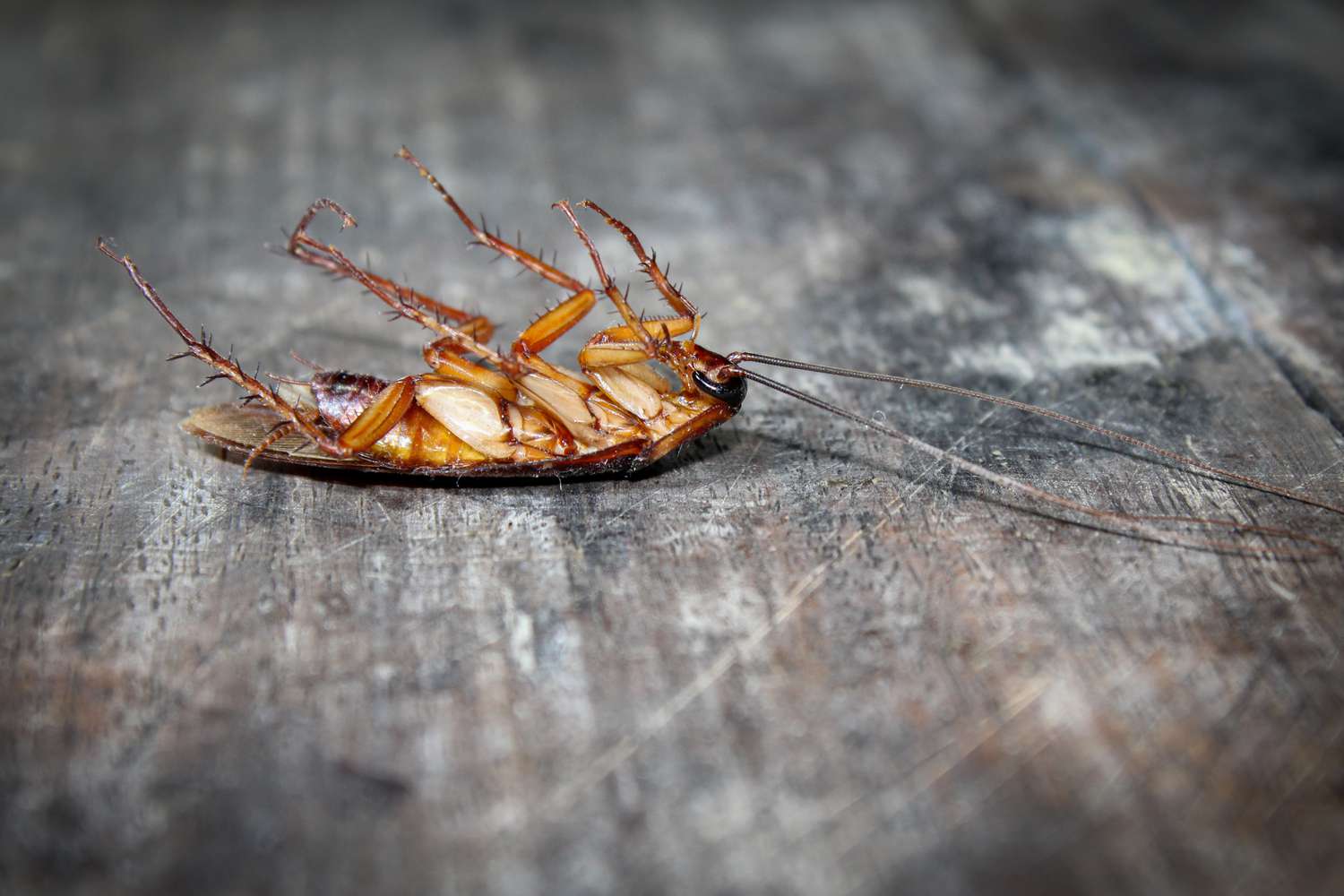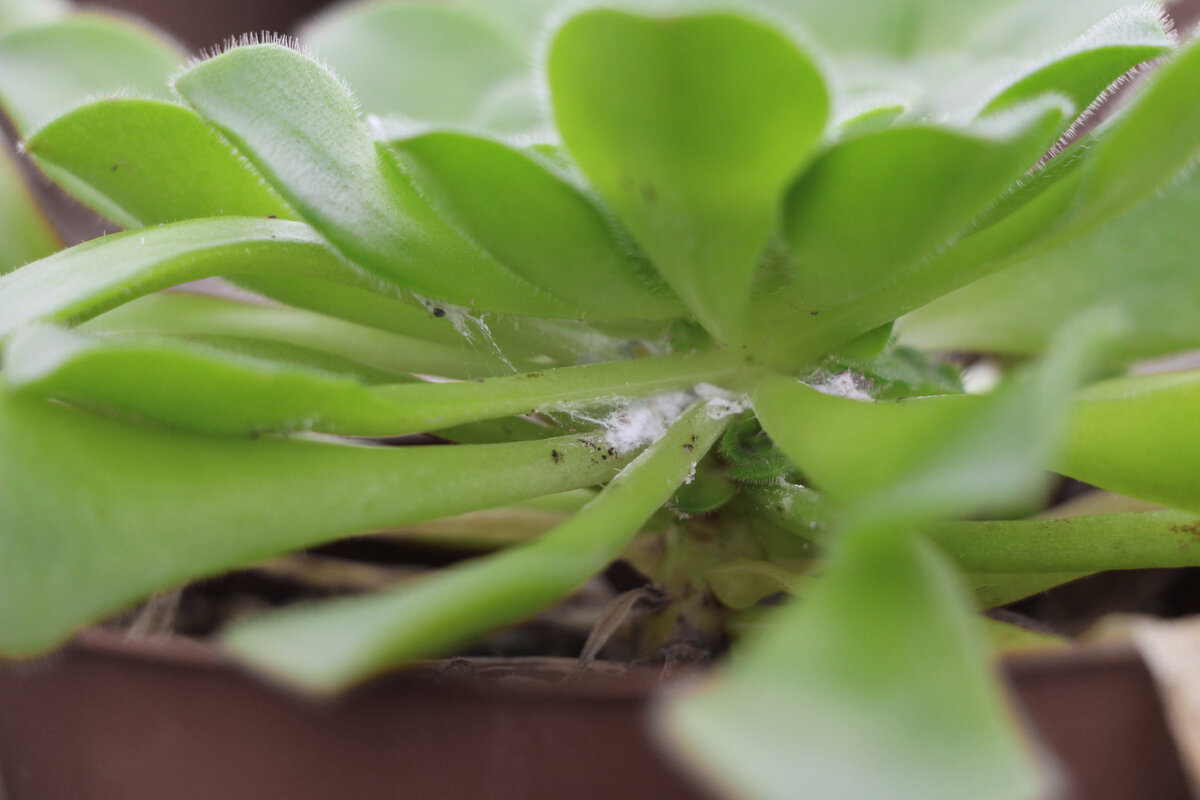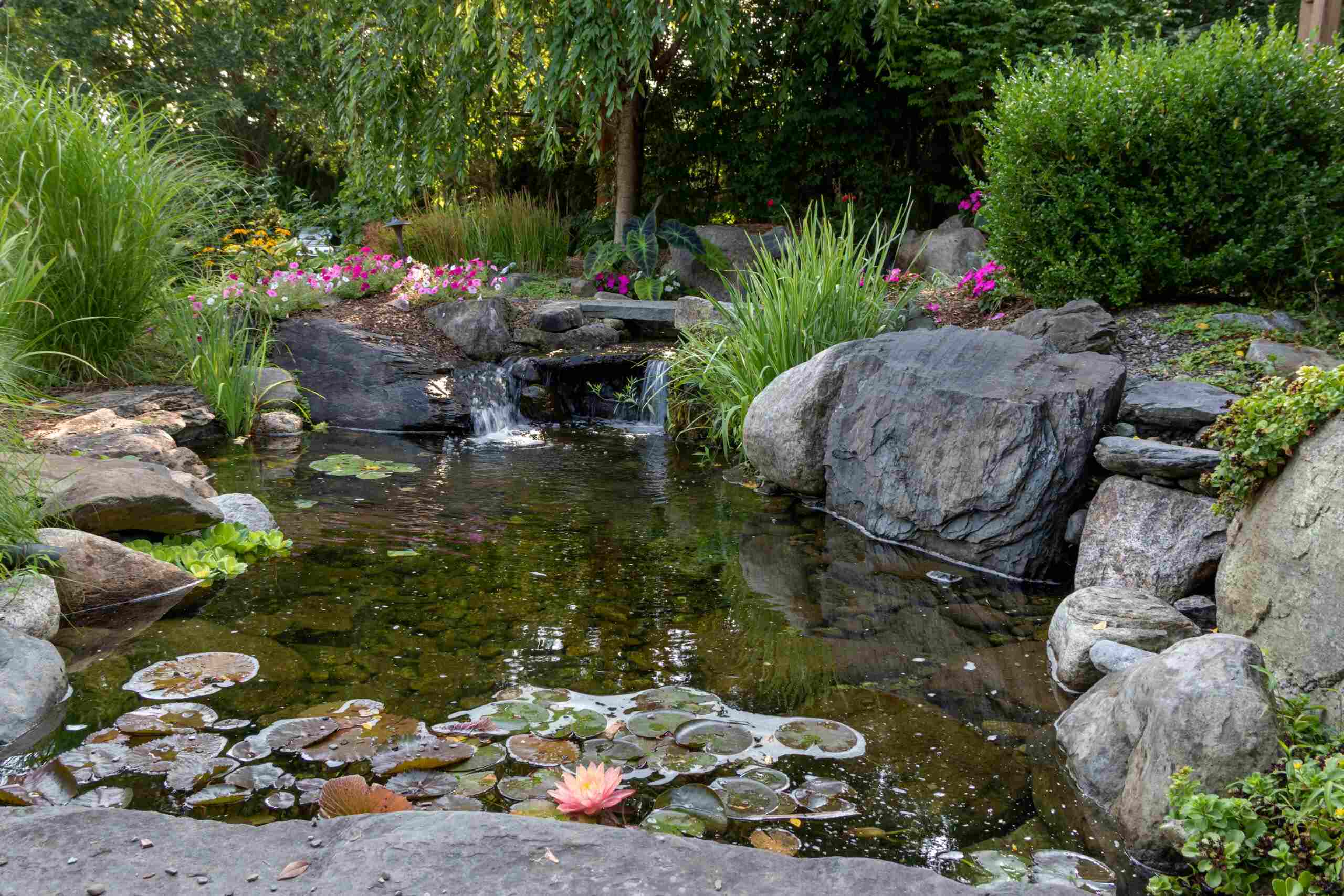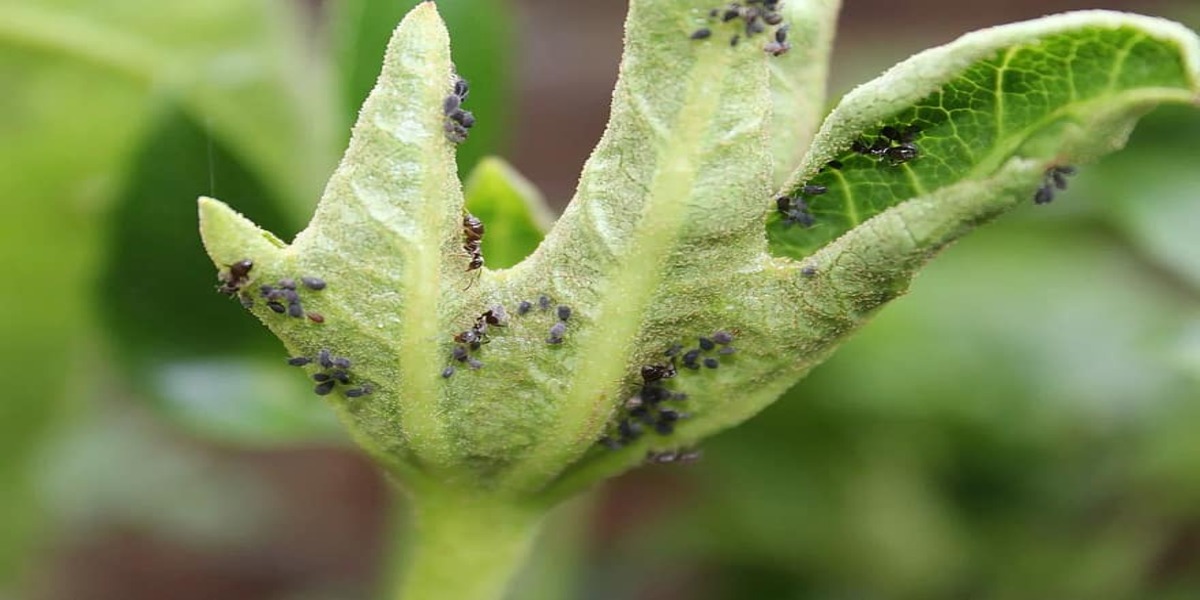Home>Gardening Tips and Tricks>How To Get Rid Of Flies In Compost
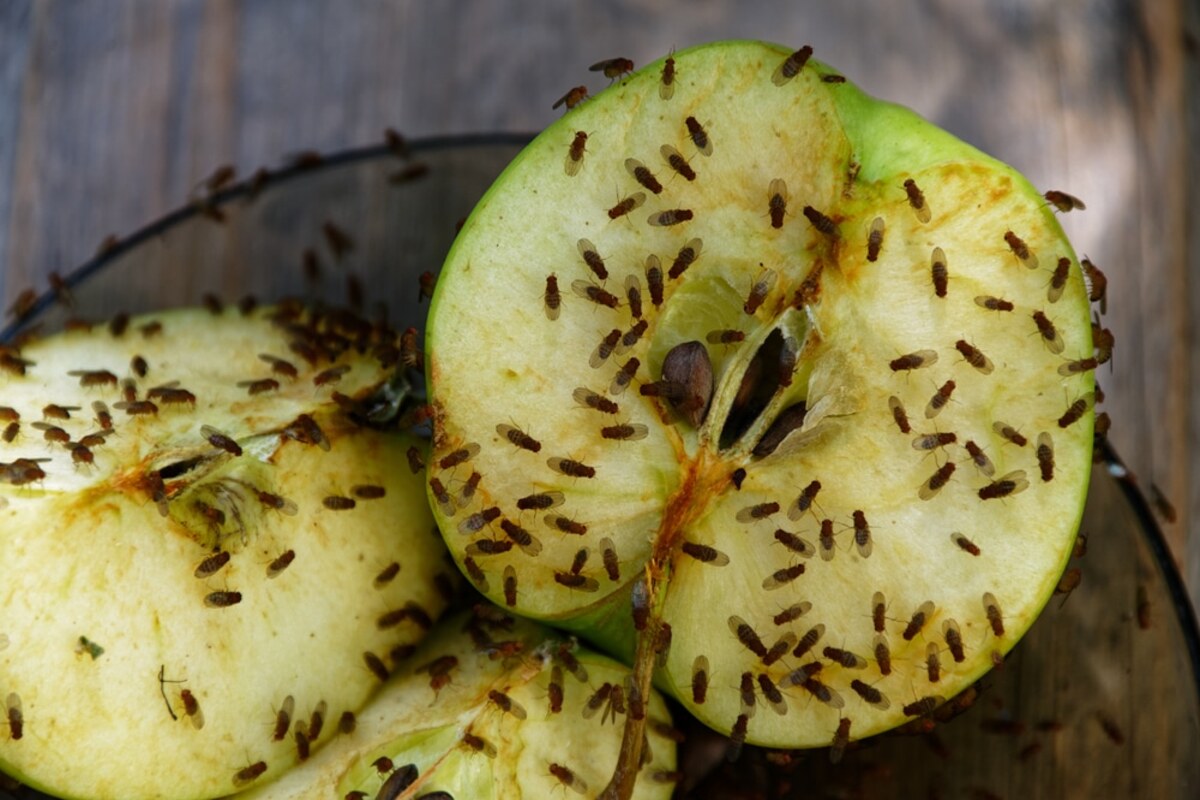

Gardening Tips and Tricks
How To Get Rid Of Flies In Compost
Modified: January 22, 2024
Learn effective problem-solving techniques to eliminate flies in your compost. Get rid of the annoying pests and maintain a healthy compost pile with our expert tips.
(Many of the links in this article redirect to a specific reviewed product. Your purchase of these products through affiliate links helps to generate commission for Chicagolandgardening.com, at no extra cost. Learn more)
Table of Contents
- Introduction
- Understanding the Role of Flies in Compost
- Proper Composting Techniques to Reduce Fly Attraction
- Effective Fly Prevention Methods
- Natural Remedies for Fly Control in Compost
- Using Physical Barriers to Keep Flies Away from Compost
- Troubleshooting Common Fly Problems in Compost
- Conclusion of How To Get Rid Of Flies In Compost
Introduction
Composting is an excellent way to reduce waste and create nutrient-rich soil for your garden. However, dealing with flies in your compost can be a frustrating experience. Flies are naturally attracted to decaying organic matter, making compost bins an ideal breeding ground for them. Not only can flies be a nuisance, but they can also carry bacteria and spread diseases.
In this article, we will explore effective methods to get rid of flies in compost, from understanding their role in the composting process to implementing preventive measures and natural remedies. By following these tips, you can maintain a healthy and odor-free compost pile while keeping flies at bay.
Before we delve into the solutions, it is essential to understand why flies are attracted to compost. Flies are attracted to the smell of decomposing organic material, such as kitchen scraps and yard waste. They are particularly fond of moist, rotting materials that provide them with a suitable environment for laying eggs and reproducing.
Flies play a crucial role in the composting process as they help break down the organic matter by feeding on it and depositing their larvae, which further aids in decomposition. However, excessive fly activity can disrupt the balance of your compost pile and create an unpleasant environment.
Fortunately, there are several techniques and remedies you can implement to keep flies under control in your compost. By following proper composting techniques and implementing preventive measures, you can create an environment that discourages fly infestations. In the next sections, we will explore these methods in detail, ensuring that you can enjoy the benefits of composting without the annoyance of flies.
Understanding the Role of Flies in Compost
Before we delve into the methods for getting rid of flies in compost, it is important to understand the role that flies play in the composting process. Flies, particularly fruit flies and house flies, are attracted to the smell of decomposing organic material, including kitchen scraps, yard waste, and other organic matter.
Flies are not entirely unwelcome in the compost pile. In fact, they serve a vital purpose in the decomposition process. Flies break down organic matter by feeding on it and depositing their eggs, which hatch into larvae (maggots). These larvae then consume more organic matter, helping to accelerate the breakdown of materials in the compost pile.
However, an excessive presence of flies can create issues in your compost. Too many flies can disrupt the balance of your compost pile, leading to odor problems, increased pest activity, and potential disease transmission. Additionally, if flies are not controlled, they can lay their eggs in areas surrounding the compost pile, causing them to spread and infest other parts of your property.
By understanding the role of flies in composting, you can find a balance between their beneficial contributions and the need for control. It’s important to note that complete elimination of flies in the compost is not necessary or desirable, as the decomposition process relies on their activity. The goal is to keep their population in check and prevent an overwhelming infestation.
One way to achieve this is by maintaining proper composting techniques and conditions. A well-managed compost pile will create an environment that supports the growth of beneficial organisms while minimizing the attraction of flies. This includes balancing the carbon-to-nitrogen ratio, ensuring adequate moisture levels, and turning the compost regularly to encourage aeration and decomposition.
In the following sections, we will explore effective methods to reduce fly attraction and control their population in the compost pile. By implementing these techniques, you can strike a balance between the role of flies in composting and maintaining a healthy, odor-free composting system.
Proper Composting Techniques to Reduce Fly Attraction
One of the key factors in controlling fly populations in compost is to adopt proper composting techniques. By creating an environment that discourages fly activity, you can significantly reduce the chances of a fly infestation. Here are some essential techniques to implement:
1. Balance the Carbon-to-Nitrogen Ratio: Flies are attracted to nitrogen-rich, rotting material. To minimize fly attraction, maintain a balanced carbon-to-nitrogen (C:N) ratio in your compost pile. Aim for a ratio of approximately 25-30 parts carbon to 1 part nitrogen. This can be achieved by adding a mix of “green” (nitrogen-rich) and “brown” (carbon-rich) materials. “Green” materials include fruit and vegetable scraps, coffee grounds, and grass clippings. “Brown” materials include dry leaves, straw, and shredded paper.
2. Properly Layer and Mix Materials: Layering and mixing compost materials can help create an environment that supports decomposition while minimizing fly attraction. Alternate layers of green and brown materials, ensuring each layer is no more than a few inches thick. Additionally, regularly turning the compost pile will introduce oxygen and aid in the breakdown of materials, making the environment less favorable for flies.
3. Manage Moisture Levels: Flies are attracted to moist environments. To reduce fly activity, maintain proper moisture levels in your compost pile. The compost should be moist, similar to a wrung-out sponge. If it becomes too wet, add dry brown materials to absorb the excess moisture. Conversely, if it is too dry, sprinkle water to achieve the optimal moisture level.
4. Cover the Compost Pile: Using a cover or lid for your compost pile can help keep flies out. Ensure that the cover is well-secured, preventing flies from accessing the compost. Additionally, a cover can help regulate moisture levels and temperature, creating a controlled environment for decomposition.
5. Avoid Certain Materials: Some materials are more likely to attract flies than others. Avoid adding meat, dairy products, oily foods, and pet waste to your compost pile, as these can quickly become breeding grounds for flies. Stick to plant-based materials, such as fruit and vegetable scraps, yard waste, and coffee grounds, which are less likely to attract flies.
By implementing these proper composting techniques, you can create an environment that is less attractive to flies. This will help minimize fly populations and ensure that your compost pile remains healthy and odor-free.
Effective Fly Prevention Methods
Preventing flies from accessing your compost pile is a key step in controlling their population. By implementing effective fly prevention methods, you can significantly reduce the chances of a fly infestation. Here are some useful strategies to consider:
1. Use a Compost Bin with Tight-Fitting Lid: Investing in a compost bin with a tight-fitting lid is an effective way to keep flies out. Make sure the lid seals properly to prevent flies from accessing the compost. This method not only controls fly populations but also helps regulate moisture and temperature in the compost pile.
2. Elevate the Compost Bin: Elevating your compost bin can help discourage flies from accessing it. Place the bin on a pallet or use a platform to raise it off the ground. This makes it more difficult for flies to lay eggs and establish breeding grounds in the compost pile.
3. Create a Fly-Repelling Barrier: Consider surrounding your compost pile with a physical barrier to deter flies. This can be achieved using a fine mesh screen, chicken wire, or netting. Ensure that the barrier is tightly secured and extends below ground level to prevent flies from crawling underneath.
4. Regularly Clean the Compost Bin: Clean your compost bin regularly to remove any debris or residue that may attract flies. Rinse the bin with water and a mild detergent, then allow it to dry thoroughly before adding new compost materials. This will help maintain a clean and fly-free environment.
5. Minimize Food Odors: Flies are attracted to strong food odors. To prevent flies from being lured to your compost pile, bury food scraps deep within the compost, ensuring they are covered with a layer of brown materials. This will help mask the odor and make it less appealing to flies.
6. Avoid Overfeeding the Compost Pile: Avoid adding excessive amounts of food scraps to your compost pile. Overfeeding can create an inviting environment for flies. Instead, add food scraps in small quantities and ensure they are properly mixed and covered with carbon-rich materials.
By implementing these effective fly prevention methods, you can create a composting system that is less attractive to flies. This will help maintain a healthier compost pile and a more pleasant composting experience overall.
Natural Remedies for Fly Control in Compost
When it comes to controlling flies in your compost, natural remedies can be an effective and environmentally-friendly approach. These remedies help deter flies without the use of harmful chemicals. Here are some natural solutions to consider:
1. Citrus Peels: Flies are repelled by the smell of citrus. Placing citrus peels, such as lemon or orange, in your compost pile can help deter flies. The strong scent of the peels acts as a natural repellent, making the compost less inviting for flies.
2. Herbs and Essential Oils: Certain herbs and essential oils have fly-repellent properties. Sprinkling dried herbs such as mint, basil, or lavender in and around your compost pile can help deter flies. Alternatively, you can mix a few drops of essential oils, such as eucalyptus or citronella, with water and spray it on the compost pile.
3. Neem Oil: Neem oil is a natural insecticide that can be effective against flies. Mix a small amount of neem oil with water and lightly spray it on the compost pile. The strong odor of neem oil acts as a deterrent, keeping flies at bay.
4. Vinegar Solution: Flies are also repelled by the strong smell of vinegar. Create a vinegar solution by mixing equal parts of vinegar and water. Sprinkle or spray this solution on and around the compost pile to discourage flies from approaching.
5. Diatomaceous Earth: Diatomaceous earth is a natural powder made from fossilized remains of algae. It is harmless to humans and animals but can be an effective fly control method. Sprinkle a thin layer of diatomaceous earth on the surface of the compost pile. The abrasive nature of the powder will dehydrate and kill flies and other insects upon contact.
6. Fly Traps/Baits: Setting up fly traps or baits around the compost pile can help reduce fly populations. You can create a simple fly trap using a container filled with vinegar or fruit juice. Cover the container with plastic wrap and poke a few small holes in it. Flies will be attracted to the scent and enter the container, but they won’t be able to escape.
Note that these natural remedies may not completely eliminate flies from your compost pile, but they can significantly reduce their populations and activity. Remember to reapply or refresh these remedies as needed to maintain their effectiveness.
Using Physical Barriers to Keep Flies Away from Compost
Using physical barriers is another effective method to keep flies away from your compost pile. By creating obstacles that prevent flies from reaching the compost, you can minimize their access and reduce the likelihood of infestation. Here are some physical barrier options to consider:
1. Fine Mesh Screen: Covering your compost pile with a fine mesh screen can be an excellent way to keep flies out. The mesh should have small enough openings to prevent flies from passing through but still allow airflow and moisture to reach the compost. Make sure the screen is tightly secured to prevent any gaps or openings that flies can exploit.
2. Chicken Wire or Netting: Another option is to enclose your compost pile with chicken wire or netting. This can provide a physical barrier that effectively prevents flies from accessing the compost. Ensure that the wire or netting is securely attached to the ground to prevent flies from crawling underneath.
3. Compost Bin with Close-Fitting Lid: Using a compost bin with a close-fitting lid is an effective way to keep flies out while still allowing airflow and composting activity. Choose a bin with a lid that seals tightly to prevent any gaps that flies can enter through. This not only keeps flies away but also helps maintain the moisture and temperature levels of the compost pile.
4. Raised Compost Pile: Raising your compost pile off the ground can make it less accessible to flies. Place the compost pile on a pallet or use a platform to elevate it. This makes it harder for flies to access and lay eggs in the compost pile. Additionally, a raised compost pile can prevent moisture buildup and help with airflow, creating a less favorable environment for flies.
5. Traps and Sticky Strips: Installing fly traps or sticky strips near your compost pile can help trap and capture flies before they reach the compost. These traps use bait or sticky surfaces to attract and capture flies. Place the traps or strips a few feet away from the compost pile to intercept flies before they get too close.
Using physical barriers as a preventive measure can greatly reduce fly populations in your compost. Combine these barriers with other proactive methods, such as proper composting techniques and natural remedies, for a comprehensive approach to fly control.
Troubleshooting Common Fly Problems in Compost
While implementing preventive measures is crucial in controlling fly populations in compost, it’s also important to be aware of common fly problems that may arise. By troubleshooting these issues, you can address them promptly and maintain a healthy compost pile. Here are some common fly problems in compost and their solutions:
1. Excessive Fly Activity: If you notice a sudden increase in fly activity around your compost pile, it may be a sign that something is amiss. Check that your compost pile is properly balanced in terms of carbon-to-nitrogen ratio. Adjust the mix of green and brown materials as needed to discourage fly breeding. Also, ensure adequate aeration by turning the compost regularly to prevent anaerobic conditions that may attract flies.
2. Odor Problems: Foul odors emanating from your compost pile can be a sign of inadequate decomposition or improper management. Check that you have a proper balance of green and brown materials in your compost. If the compost pile becomes too wet or compacted, it can create anaerobic conditions that foster the growth of flies. Adjust moisture levels and turn the compost to promote decomposition and eliminate odor problems.
3. Maggots in Compost: While maggots (fly larvae) are a natural part of the decomposition process, their presence in excessive numbers can indicate an unbalanced compost pile. If you notice an infestation of maggots, it may mean that you have too much nitrogen-rich material in the compost. Adjust the carbon-to-nitrogen ratio by adding more brown materials, such as dry leaves or shredded paper, to reduce nitrogen levels and discourage excessive fly breeding.
4. Attracting Unwanted Flies: Certain types of flies, such as fruit flies or house flies, may be attracted to specific organic materials in your compost. If you’re experiencing an influx of these flies, examine the compost ingredients you are using. Avoid adding overly ripe or rotting fruits, meat, dairy products, or oily foods to the compost, as these can attract unwanted fly species. Stick to plant-based materials and practice proper layering and mixing techniques to deter flies.
5. Rodent Infestations: Flies can also be attracted to compost piles that are frequented by rodents, which can disturb the balance of the composting process. To prevent rodent infestations, ensure that your compost pile is securely contained and inaccessible to these pests. Use a compost bin with a tight-fitting lid or enclose the pile with wire mesh to deter rodents and minimize fly activity.
Regular monitoring of your compost pile and addressing these common fly problems promptly will help maintain a healthy composting environment and prevent potential infestations. By troubleshooting these issues, you can ensure the effectiveness of your composting efforts while minimizing fly-related challenges.
Conclusion of How To Get Rid Of Flies In Compost
Dealing with flies in your compost can be a common challenge, but with the right techniques and preventive measures, you can effectively control their populations and maintain a healthy composting system. By following proper composting techniques, such as balancing the carbon-to-nitrogen ratio, managing moisture levels, and turning the compost regularly, you can create an environment that is less attractive to flies and other pests.
In addition to the proper composting techniques, implementing effective fly prevention methods and natural remedies can further help in reducing fly activity. Using physical barriers, such as mesh screens or raised compost piles, can deter flies from accessing the compost. Utilizing natural remedies like citrus peels, herbs, and essential oils can help repel flies without the use of harmful chemicals.
It’s also important to troubleshoot common fly problems that may arise in your compost pile, such as excessive fly activity, odor problems, or the presence of maggots. By identifying and addressing these issues promptly, you can maintain a well-balanced compost pile and minimize the attraction of flies.
In conclusion, effective fly control in compost involves a combination of proper composting techniques, preventive measures, natural remedies, and troubleshooting strategies. By implementing these strategies, you can create a healthy and odor-free composting system that supports the decomposition of organic materials while minimizing fly infestations. Remember to regularly monitor your compost pile and make adjustments as needed to maintain its quality and functionality. Happy composting!

